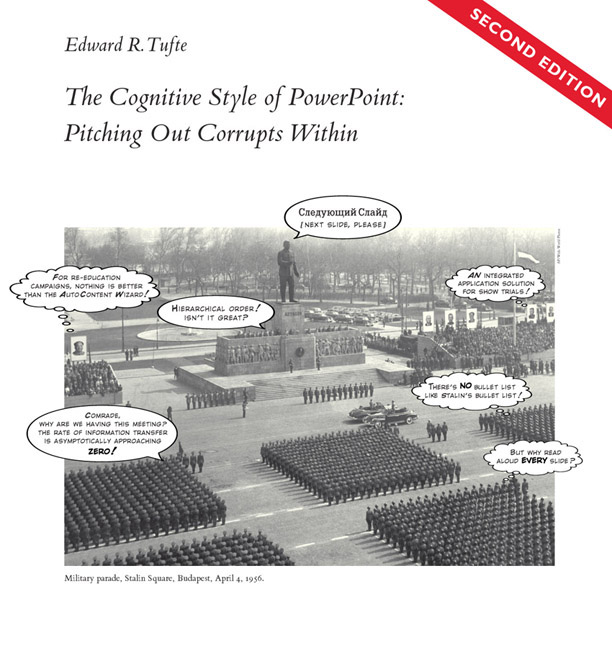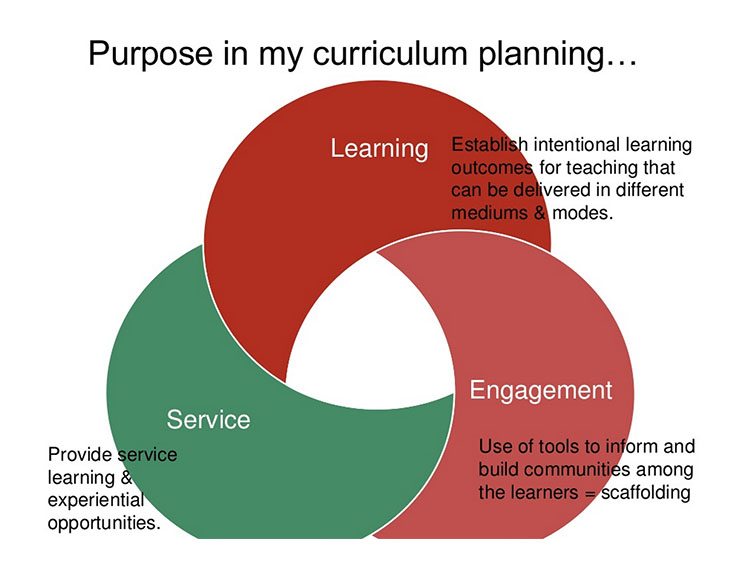http://scsu.mn/TechInstruct
+++++++++++++++++++
Declining Student Resilience: A Serious Problem for Colleges
Faculty at the meetings noted that students’ emotional fragility has become a serious problem when in comes to grading. Some said they had grown afraid to give low grades for poor performance, because of the subsequent emotional crises they would have to deal with in their offices.
the Chronicle of Higher Education recently ran an article by Robin Wilson entitled, “An Epidemic of Anguish: Overwhelmed by Demand for Mental-Health Care, Colleges Face Conflicts in Choosing How to Respond” (Aug. 31, 2015).
How PowerPoint is killing critical thought
http://www.theguardian.com/commentisfree/2015/sep/23/powerpoint-thought-students-bullet-points-information?CMP=share_btn_link
Bored students is the least of it – the bullet point-ization of information is making us stupid and irresponsible
The genesis story runs like this: from the late 1950s corporations began to realise that, rather than going to the trouble of developing new products they hoped would meet a need, they could use marketeers to create the perception of need, then develop products to meet it (a shift brilliantly dramatised in the TV series Mad Men). To do this, different departments had to be able to speak to each other, to sell ideas internally. So while there had always been meetings, now there were meetings about meetings and – hey presto! – the modern world was born.
The presentational precursor to PowerPoint was the overhead projector, which is why PP screens are still called “slides”. The program owes most to Whitfield Diffie, one of the time lords of online cryptography, but it was quickly snapped up by Microsoft. Its coding/marketing roots are intrinsic to its cognitive style, being relentlessly linear and encouraging short, affirmative, jargonesque assertions: arguments that are resolved, untroubled by shades of grey.
It’s no coincidence that the two most famous PowerPoint presentations are: a) the one presented to Nasa managers by engineers, explaining with unarguable illogic why damaged tiles on the space shuttle Columbia were probably nothing to fret about; and b) General Colin Powell’s equally fuzzy pitch for war with Iraq. Now, blaming PowerPoint for Iraq would be a bit like blaming Darwin for Donald Trump, but the program made scrutiny of the case harder. Not for nothing did Brigadier General McMaster, of the US military, subsequently liken the proliferation of PP presentation in the military to an “internal threat”, saying: “It’s dangerous because it can create the illusion of understanding and the illusion of control. Some problems are not bullet-izable.”
More on the topic in this blog:
https://blog.stcloudstate.edu/ims/2013/11/11/death-by-powerpoint/
maximise PowerPoint’s true potential.
http://www.theguardian.com/guardian-masterclasses/2015/may/12/using-powerpoint-for-data-visualisation-adam-frost-tobias-sturt-digital-course2
Course content
- An introduction to the principles of data visualisation
- Storytelling with PowerPoint
- How to design using PowerPoint
- Creating compelling narratives
- Practical exercise: create a sample slide using pen and paper
- Tools and further reading
- Q&A and group discussion

from the LITA listserv:
AR Magic Book here
http://library2.binghamton.edu/news/armb/about/
circulating Oculus Rift to graduate students and faculty. http://libguides.memphis.edu/oculus
Recording: INSIGHTS ON THE MODERN LIBRARY: HOW THE ONLINE GENERATION IS TRANSFORMING LIBRARIES
http://acrlchoice.learningtimesevents.org/webinar-sep222015/
free, requires login with personal info
10 min of the presentation: “students are searching from devices”
this is why library instruction should slowly move from regular keyboarding exercises to utilization of mobile devices
James Hammons advocates for a mobile app geared toward accommodating students’ readiness to shift from large-screen search to smart phone search. The layout of the content being responsive to the screen size.
if the trend is to cater to students’ preference in using mobile devices, it is only logical to start gearing up to providing instruction and assistance using mobile devices.
Kathryn Silberger asserts (min 36 and forth) that the Library must let students know that it (the Library) is mobile friendly. How better to establish such feeling but by changing practices from big screen to hiding-behind-the-desktops students to gamified activities using mobile devices. Faculty have a “sticky influence” on student information habits.
10 Lessons For The Digital Teacher
http://www.teachthought.com/teaching/10-lessons-for-the-digital-teacher/

10 Lessons For The Digital Teacher
- Manage your time
- Be organized in your teaching
- Measure success
- Be purposeful
- Find a mentor
- Always be learning
- Reflect on your teaching
- Grow a personal learning network
- Create teaching files
- Be open

